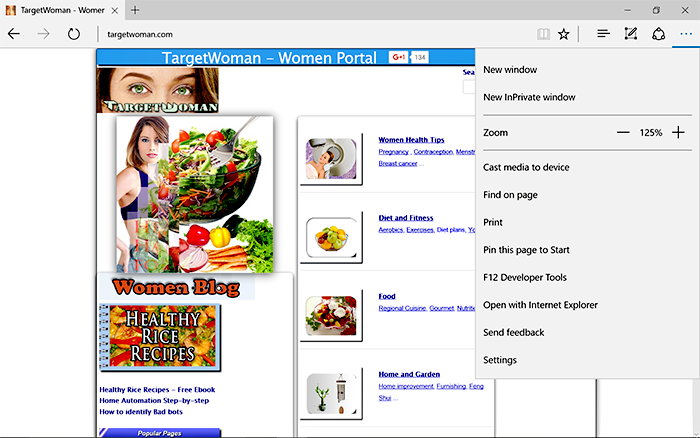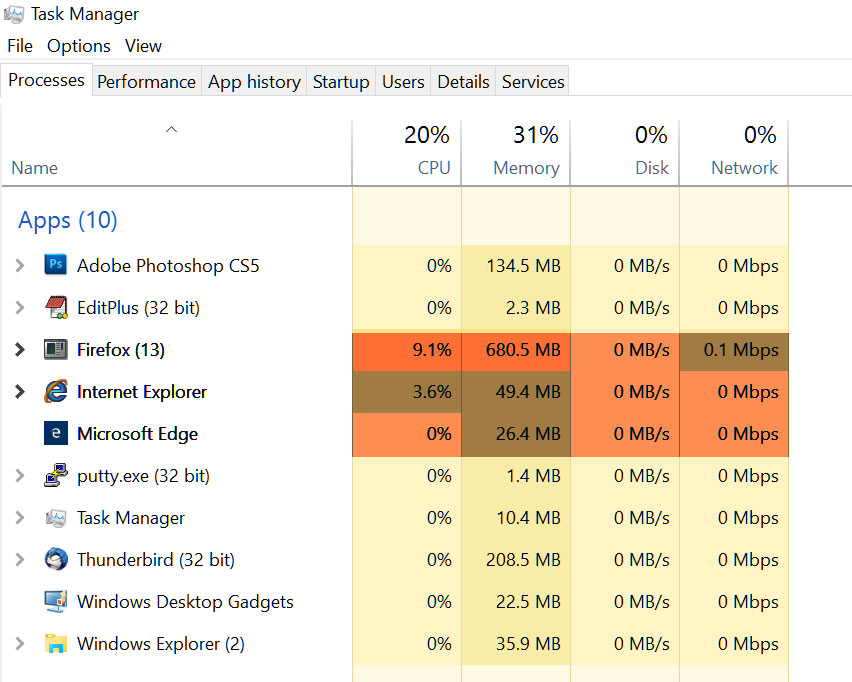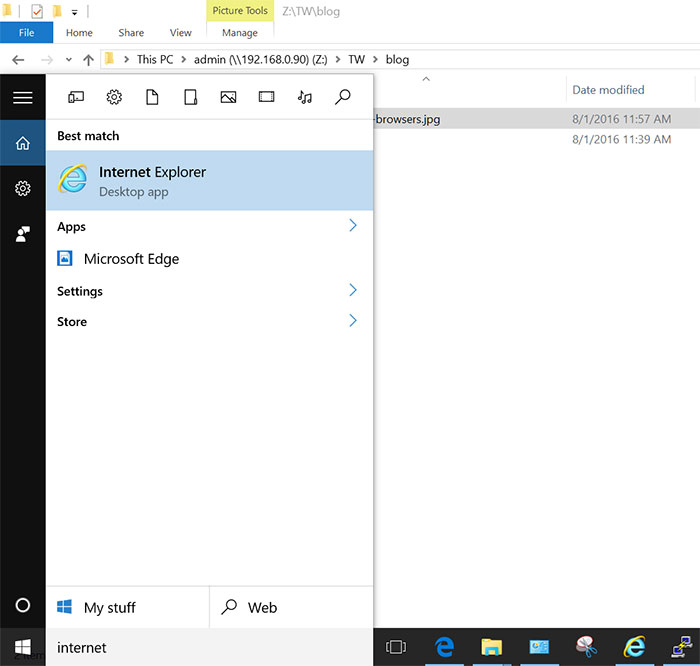Naming convention: Microsoft, some times comes up with pithy names pregnant with rich connotation for its products. Take for example, its Word Processor software – ‘Word‘ its biblical connotation is apparent and so it creates an image in your mind – that it is the ultimate. Another example is their Spreadsheet software – Excel – symbolically meaning that it excels in everything. Now their ubiquitous Browser software – Edge, it offers an edge over others. The top 2 reasons why you should use the Edge Browser are lower resource usage and enhanced privacy and safety.
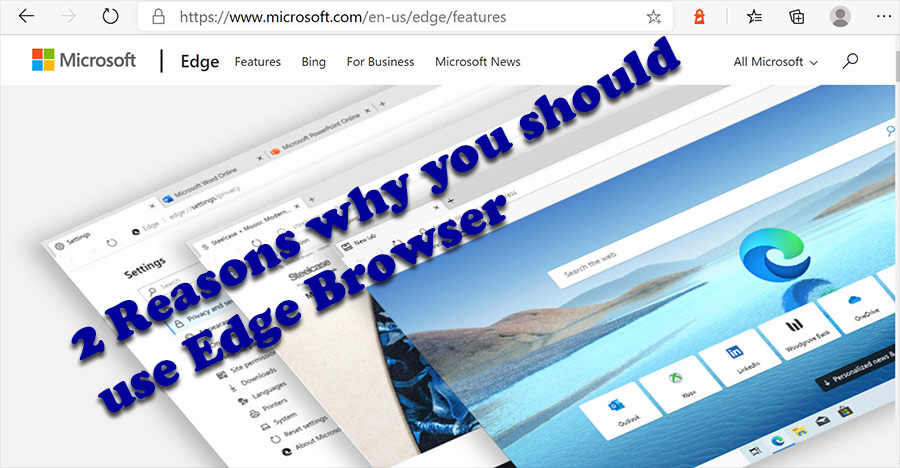
From the time, they annihilated the first browser – Netscape, their version was Internet Explorer (IE) which despite its shortcomings resolutely stayed on the scene for decades. Many web developers had a love/hate relationship with Internet Explorers in the past. It was quite tolerant of poor coding in HTML and rendered the page without any issue whilst other browsers refused to render the page. Internet explorer took time to adopt industry standards while the rest of the world quietly marched on. The only thing going for it is it was baked into the Windows OS and you needed it to download other popular browsers. If you decide to use its later Internet Explorer 11 version, it consumed the lowest system resources – RAM or CPU – probably because it shared common dynamic link libraries. It was fast as well. It is getting better at safety too.
The Edge:
It is safe to use the new Edge Browser from Microsoft. It uses the lowest system resources when I tested it against Google Chrome and Firefox. The Internet Explorer 11 has the lowest memory footprint as the screenshot here shows. All the browsers except Firefox run a single tab with the same site.
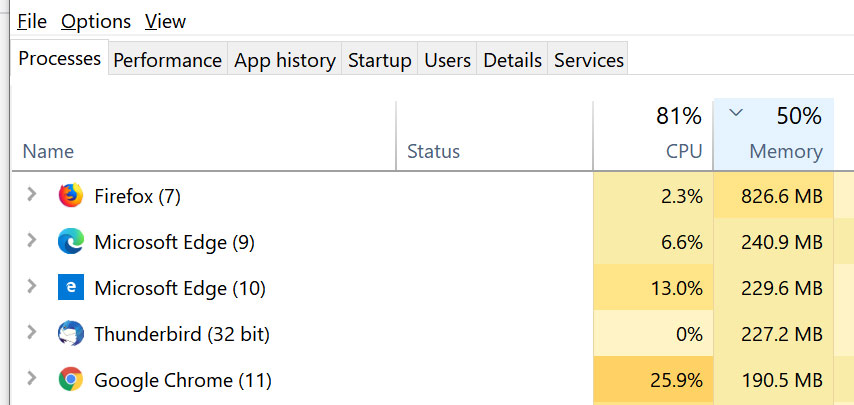
The original Google Chrome invokes a separate updater as a service. Other browsers in this line up do not invoke any such service when I tested them. If you are paranoiac about some of the software running in your computer surreptitiously calling home ostensibly to check for new updates, you will need to take a call in avoiding such software. Windows anyway checks its servers for any update at regular intervals regardless of the fact that you use Edge or no Edge. I routinely conduct net auditing to keep an eye on any software that wants to call its home from my computers. I block them in the firewall if it is deemed unnecessary.
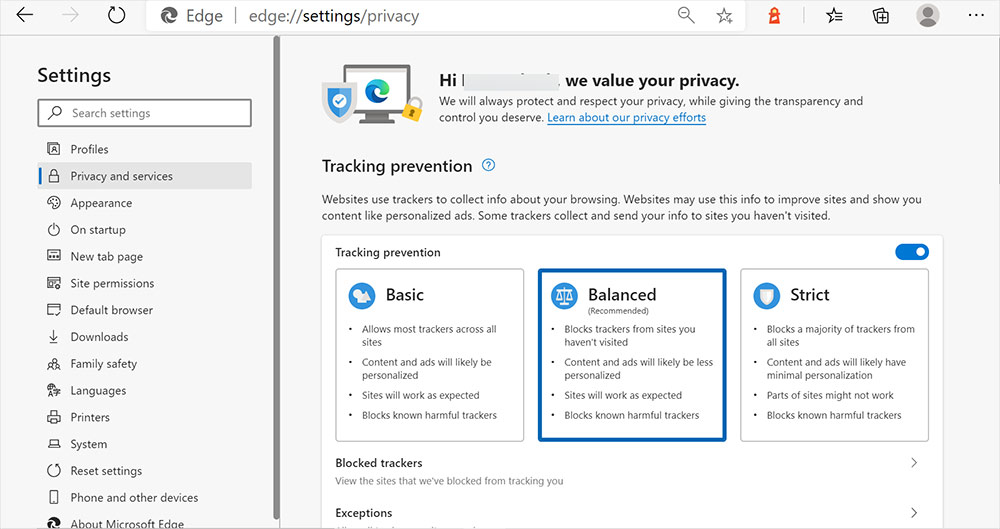
User privacy is taken seriously in this new Edge. Check out this page: Microsoft Edge https://microsoftedgewelcome.microsoft.com/en-us/privacy
To set your level of privacy, just type the following into the address bar:
edge://settings/privacy
It has 2 panes : Left pane shows where you are while the right pane shows you 3 options:
1.Basic : It is open season where the site will work as usual with only the known harmful trackers are blocked. The ads will continue to function as usual.
- Balanced : This mode blocks harmful trackers in addition to trackers in sites you haven’t visited. The ads will work mostly as usual with less personalization. Works for must of us.
- Strict: Blocks all trackers. Ads won’t work most of the time. But some functions of the site will not work either.
![]()
Whilst at it, you can set other privacy options in the same screen. Scroll down and select ‘Microsoft Defender SmartScreen’ under the Services heading (Recommended). Other choices are optional. Personally I have not enabled others.
The old Edge (now called as legacy edge browser) is based on MicroSoft’s own HTML engine whereas the new Edge is based on Chromium from Google’s open source browser engine.
The new Edge is specifically tuned for speed and better privacy than the Google Chrome browser.The Edge offers World class productivity, privacy and additional values. If you use Chrome extensions, you can use them with some exceptions in this Edge. In Short Microsoft new Edge offers an edge over other browsers.
Chrome is a resource hog when compared with Internet Explorer or the subsequent versions.
Microsoft Defender SmartScreen: Guards you against phishing sites and malware sites. The cloud based anti-phishing and anti-malware component is baked into Windows,outlook and Edge software which goes on further to prevent you from downloading obnoxious material from such blacklisted sites.
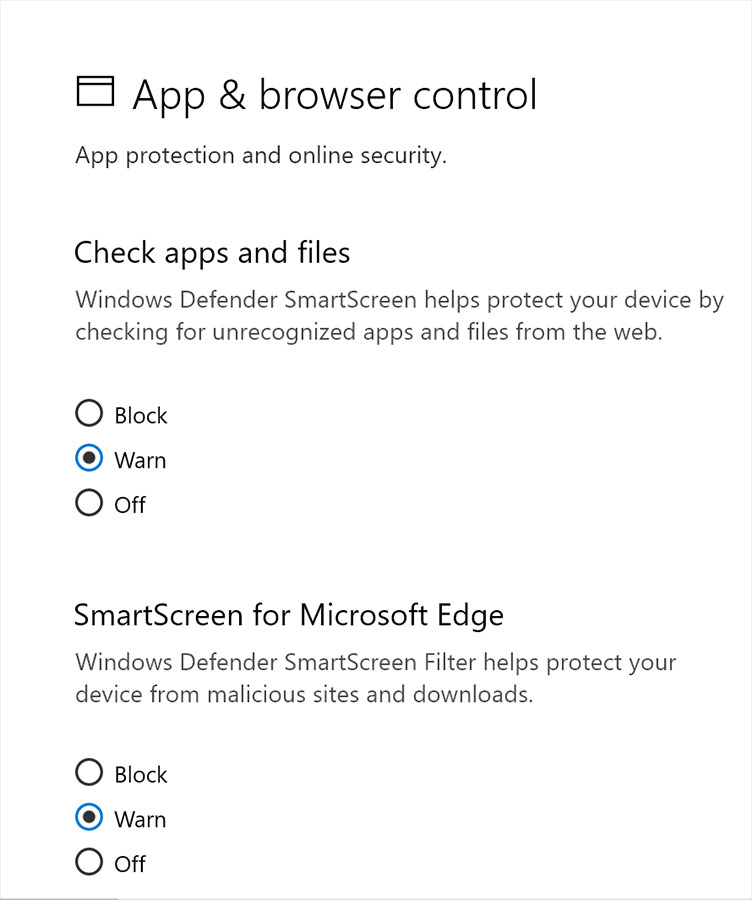
It has always been a struggle to fight against the software vulnerabilities. Every time some one wrote a malicious code – a virus, it required some time before the antivirus researchers analyzed the malware and came up with a antivirus solution and eventual distribution of the anti malware. This time was enough for serious computer pandemic and successful monetary gain for the malware producers. Microsoft Research came up with a Reputation score where it created a blacklist populated with reported malware sites and software.
This helped to narrow the time taken to address a malware from several weeks to days. Microsoft could do this effectively as the same company builds the OS – Windows as well as the other software connecting to the Internet – Browsers and Email clients. It is another reason why you don’t hear of serious virus/malware issues associated with Windows as we used to hear about in the past.

